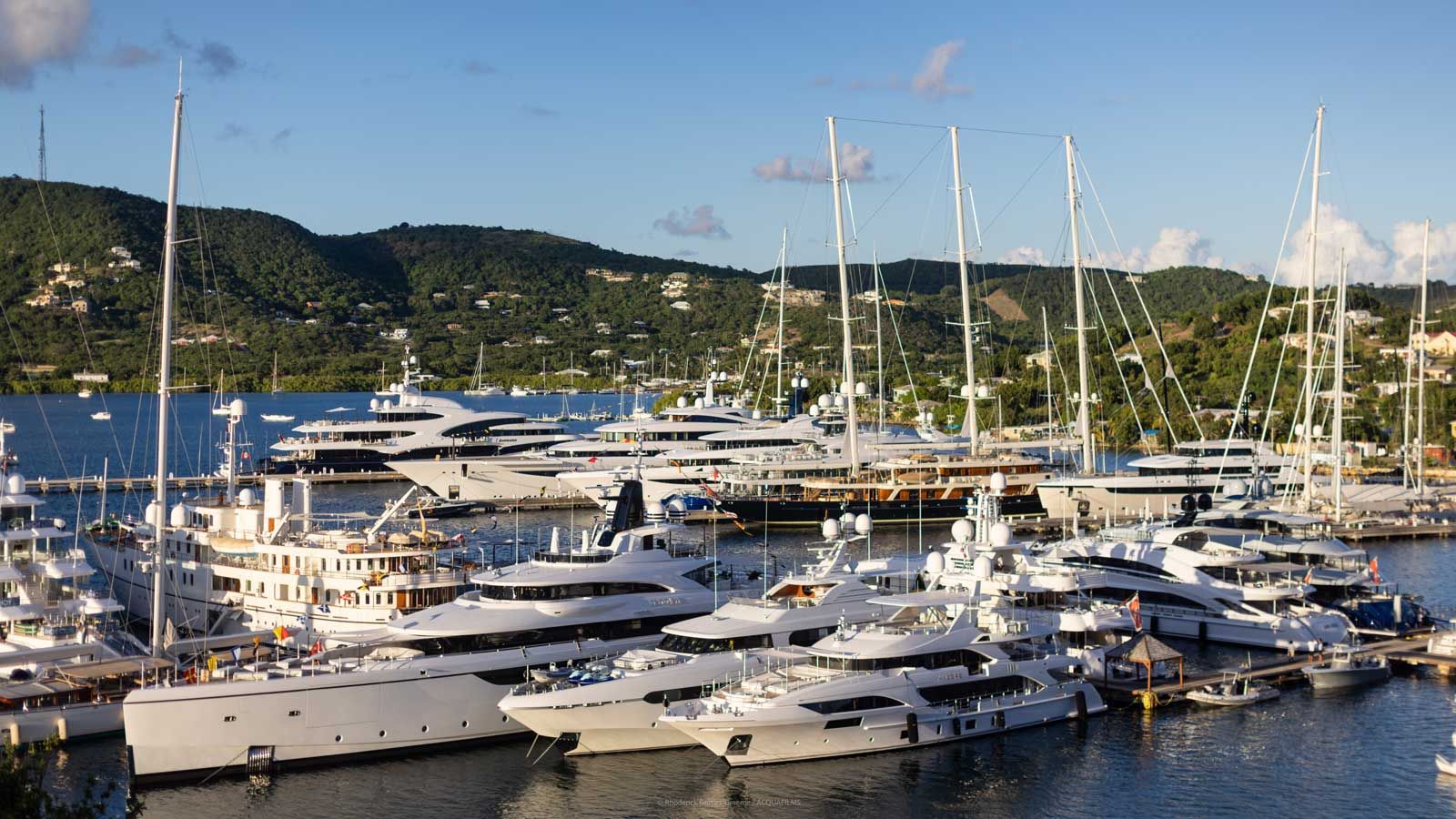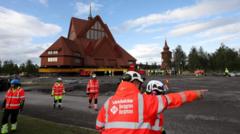The origins of Art Deco can be traced back to a landmark architecture exhibition in Paris in 1925, where its glamorous aesthetic captivated audiences worldwide. Over the past century, this distinct style made its way across continents, influencing architectural designs from the pastel motels of Miami to the iconic seafront of Mumbai.
Characterized by its geometric shapes, sweeping curves, and decorative motifs, Art Deco represented a break from the ornate Victorian architecture of the previous era. Mumbai, in particular, embraced the style wholeheartedly, blending local cultural elements into its structures. These influences are visible in the lattice balcony screens and nautical themes, which reveal a unique Indian adaptation of the Art Deco movement.
As India's first home-grown architects incorporated Art Deco after their education in London, Mumbai began to develop a distinctive architectural identity, creating a skyline that marries Indo-Saracenic, Gothic, and Art Deco styles. Today, the city boasts the world's largest collection of Art Deco buildings, a testament to its rich cultural history.
However, Mumbai's architectural heritage faces significant challenges. Rapid urban development has led to the demolition of many historic structures, replaced by modern glass and steel edifices. Continuous efforts are required to ensure the preservation of Art Deco's legacy, as only a fraction of the buildings remain protected.
In response to this crisis, initiatives such as the Art Deco Mumbai Trust are documenting buildings, restoring them, and raising awareness among residents about the value of their architectural heritage. The hope is to stimulate a renewed appreciation for these Art Deco treasures while adapting them for contemporary needs.
As the city evolves, the intersection of heritage and modernization continues to redefine Mumbai, ensuring that the legacy of Art Deco remains alive in its streets.






















